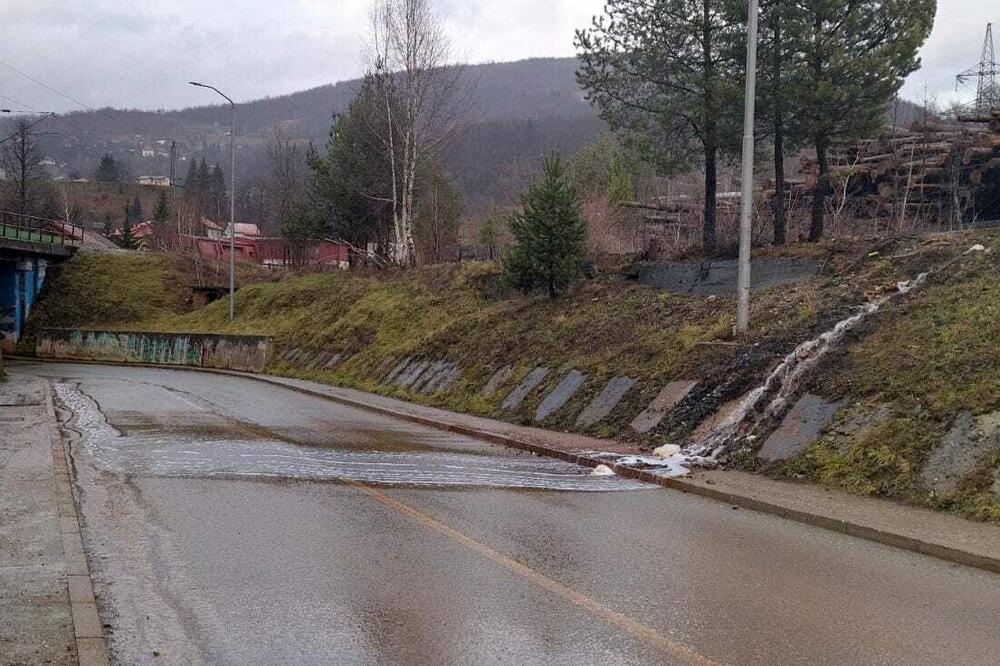Waste water from the pool of the former Brskovo mine, full of heavy metals, flowed for the past two months through the streets of Mojkovac and flowed into the Tara River - the River of Europe, under UNESCO protection.
The waters contained aluminum, arsenic, copper, zinc, cadmium... in quantities higher than allowed and on several occasions they reached Tara through the atmospheric sewage system and the river Rudnica.
This is what the Citizens' Initiative (GI) Zdravi Mojkovac claims, after, through a request for free access to information, they obtained the results of the analysis of waste water from the pool of the flotation plant of the former Brskovo mine.
The toxic water created thick deposits of foam on the streets, and poured out of the 200 square meter pool. As written in the minutes of the water inspector of the Directorate for Inspection Affairs, the pool was formed along the access road in Vojislava Šćepanovića Street, which stretches in the direction of the former Brskovo mine. According to the inspector's observation, at the time of the inspection, the water flowed across the road, down the earth fault towards the asphalt road, and then down the road towards the shaft that drains the water towards the river Rudnica.

It is not an isolated incident, he claims for "Vijesti" Miodrag Fustic from the Civic Initiative Healthy Mojkovac, because something similar happened "countless times during the past three decades".
“Maybe not to this extent, but it was happening. So, this is something that is continuously happening and absolutely nothing has been done about it before. It is a pool located on the site of a former flotation facility. It is important to know that it is a populated place and that the residents of Ambarin, Bjelojević and Pržište, as well as all users of rail transport services, gravitate towards the road, which flows toxic water and particles. Just 30 meters away, across the pool, there are residential units and a sports field," he warns.
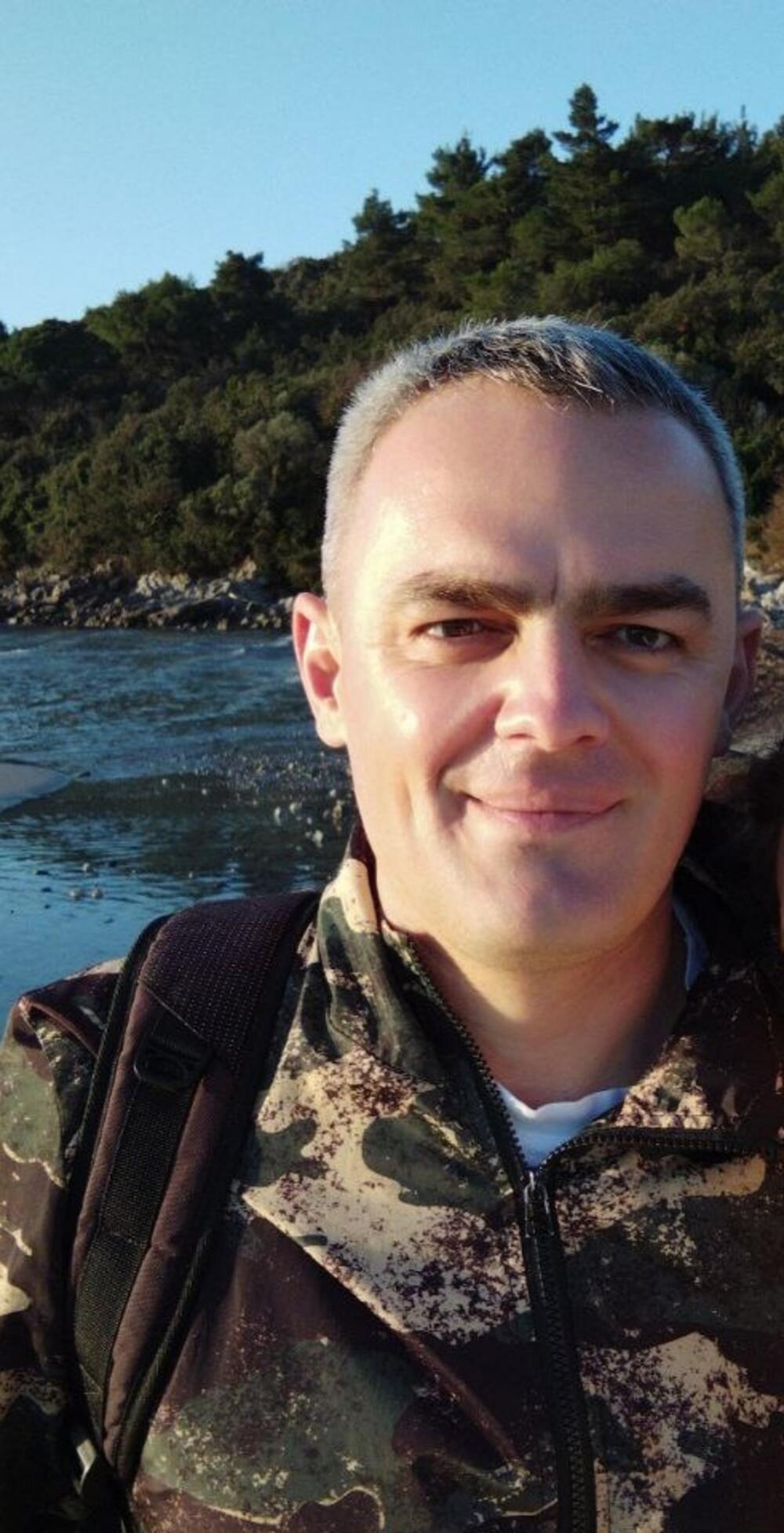
As Fuštić says, suspended particles and toxic water, full of cadmium, arsenic and other metals dangerous to the living world, flow down the road passed by pedestrians who blow them up. Such water, he explains, goes to the Tear of Europe.

"Of course Tara is endangered, there is no doubt about that. It is known that, from the mouth of Rudnica, the water of Tara is of lower quality. The mine constantly brings with it toxic substances from the area of the former mine and carries them into the river under double UNESCO protection. Because of this impact, among other things, UNESCO requested a review of the decision to open a new mine. The new mine would have catastrophic consequences for Tara as well as for the entire environment, health and life of the population," Fuštić points out.
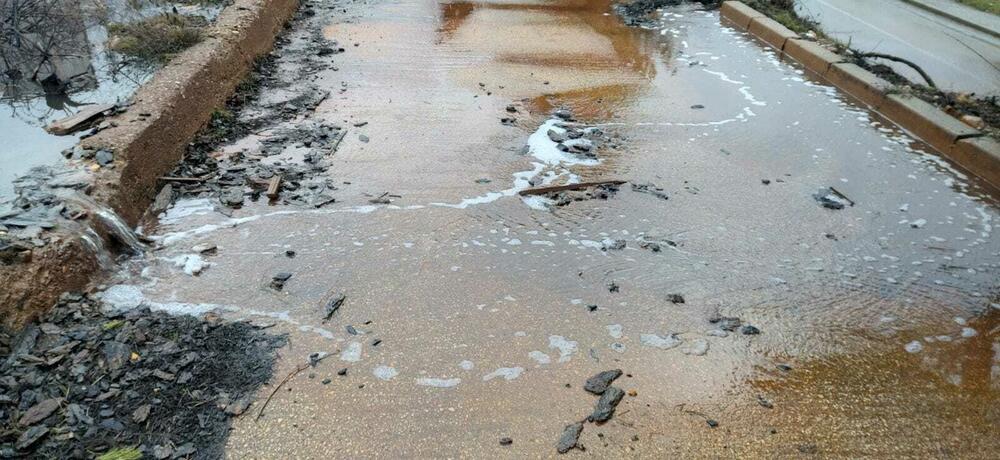
The Municipality announced answers when they become familiar with the factual situation
The Communal Police and the Municipality of Mojkovac did not respond to the "News" until last night to the questions related to the spill of waste water, the threat of Tara and ways to prevent harmful consequences that are visible even after 33 years have passed since the closure of the Brskovo mine.
From the office of the President of the Municipality Vesko Delić (New Serbian Democracy) unofficially said that they will submit detailed answers and their position in the following days, after, as they explained, they get to know the facts of the latest incident in detail.
GI Zdrava Mojkovac does not have data on whether the wastewater from the formed pool is regularly sampled and analyzed. Fuštić says that it is unlikely that this will be done, because "logic dictates that something should be done about it, or the public would be informed".
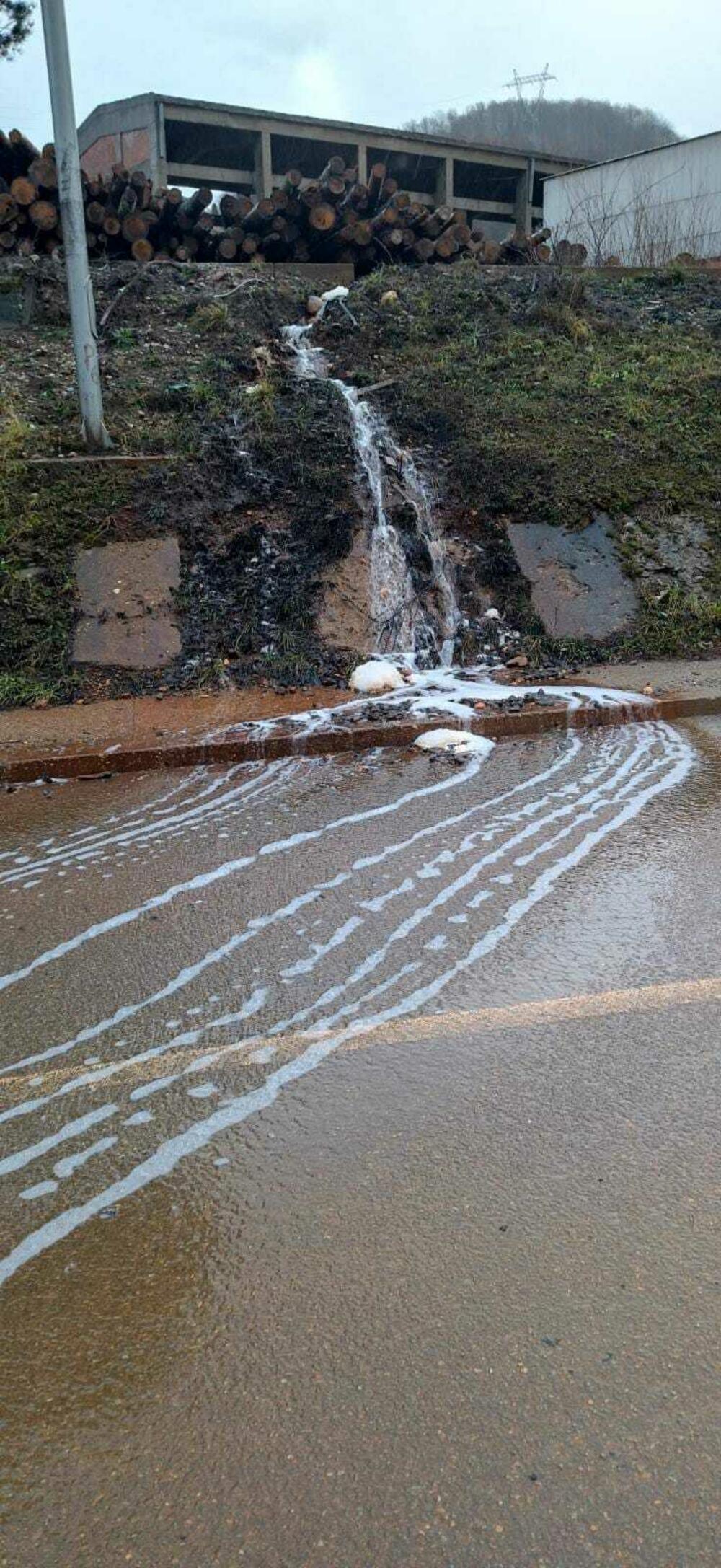
Water sampling was done at the beginning of December last year, after a Mojkov resident posted on social media Mico Sosic posted photos of the foam created by the water spilled from the pool. The reaction of the Mojkovac Communal Police was prompt, so they immediately sent a letter to the Center for Ecotoxicological Tests (CETI) and asked for the immediate release of officers from that institution to the scene of the incident. The water inspector also arrived in Mojkovac on that occasion.
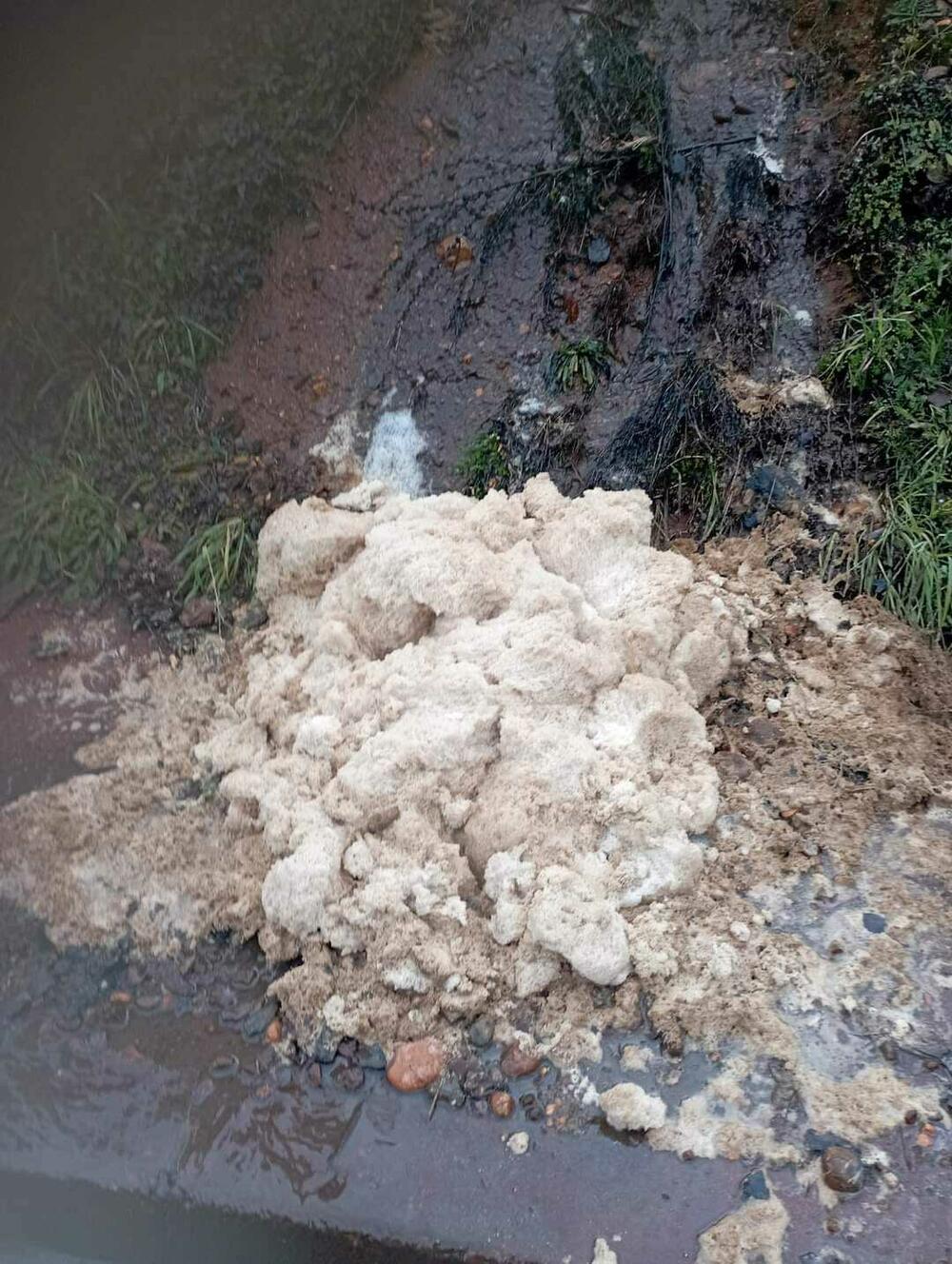
According to the results of the physico-chemical analysis of CETI, which reached the local administration, but not the general public, in December, it was determined that the waste water sample did not comply with the Rulebook on Quality and Sanitary-Technical Conditions for the Discharge of Waste Water and the content of the report on the determined quality waste water for discharge into surface water. "Increased content of total suspended matter - aluminum, arsenic, copper, zinc, cadmium, iron, sulfate, total nitrogen and nitrate compared to prescribed values" was found.
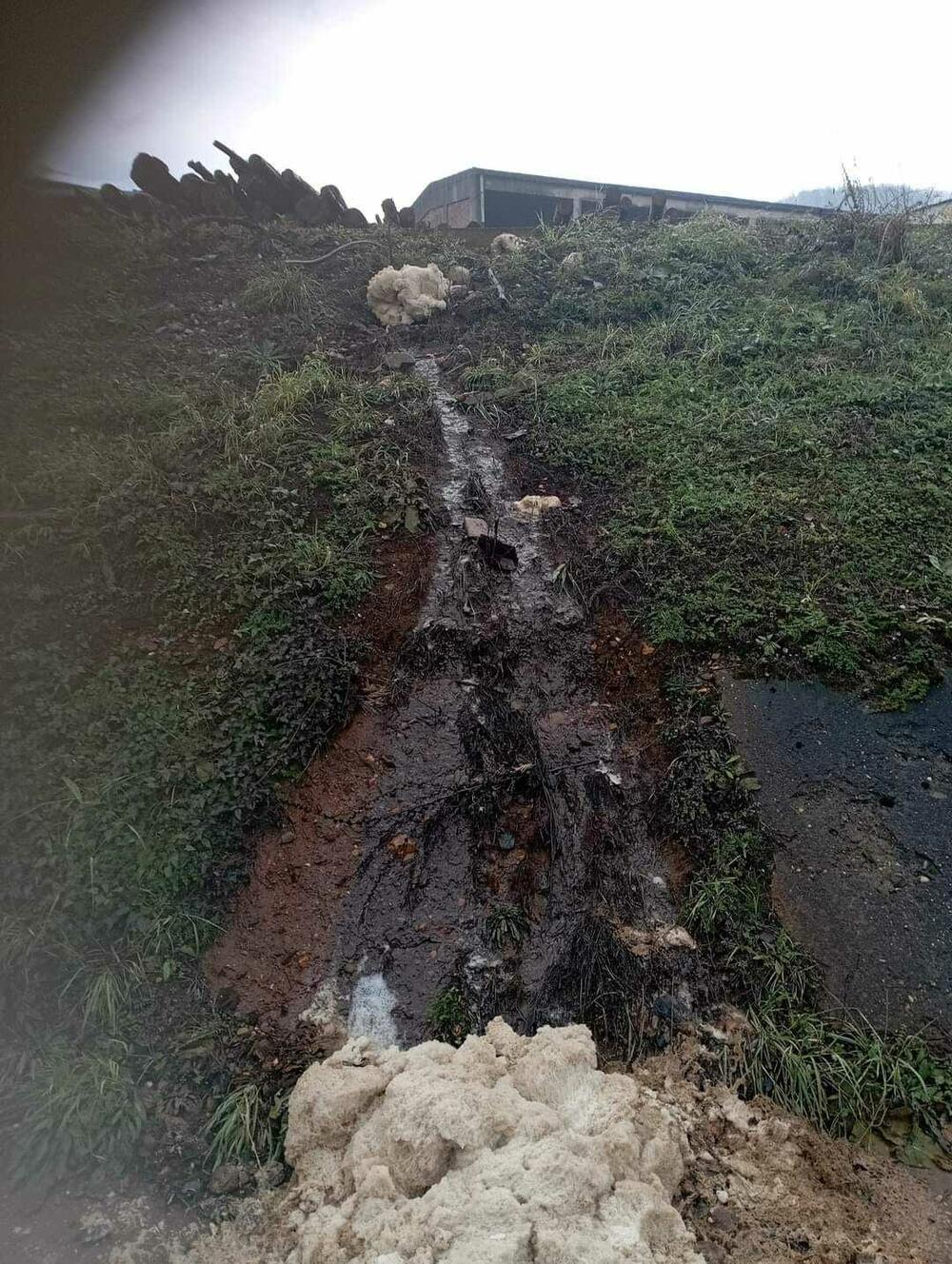
The former Brskovo lead and zinc mine operated from 1976 to 1991. It employed close to 700 workers. During the operation of the mine, about 2,5 million tons of toxic waste with an average depth of 12 meters were deposited in the area of the former tailings dump. In the official Environmental Quality Study for Mojkovac from 1990, it is written that the sludge particles from the tailings pond contain high concentrations of iron, zinc, lead, arsenic, antimony and mercury. The study stated that the amount of deposited sludge is sufficient to permanently destroy the life in the Tara River. In November 1992, an expert team from Geneva stated that the tailings site needed to be rehabilitated as a matter of urgency. The tailings pond was considered a regional ecological problem until it was rehabilitated. The rehabilitation project worth several million euros was completed more than 10 years ago.
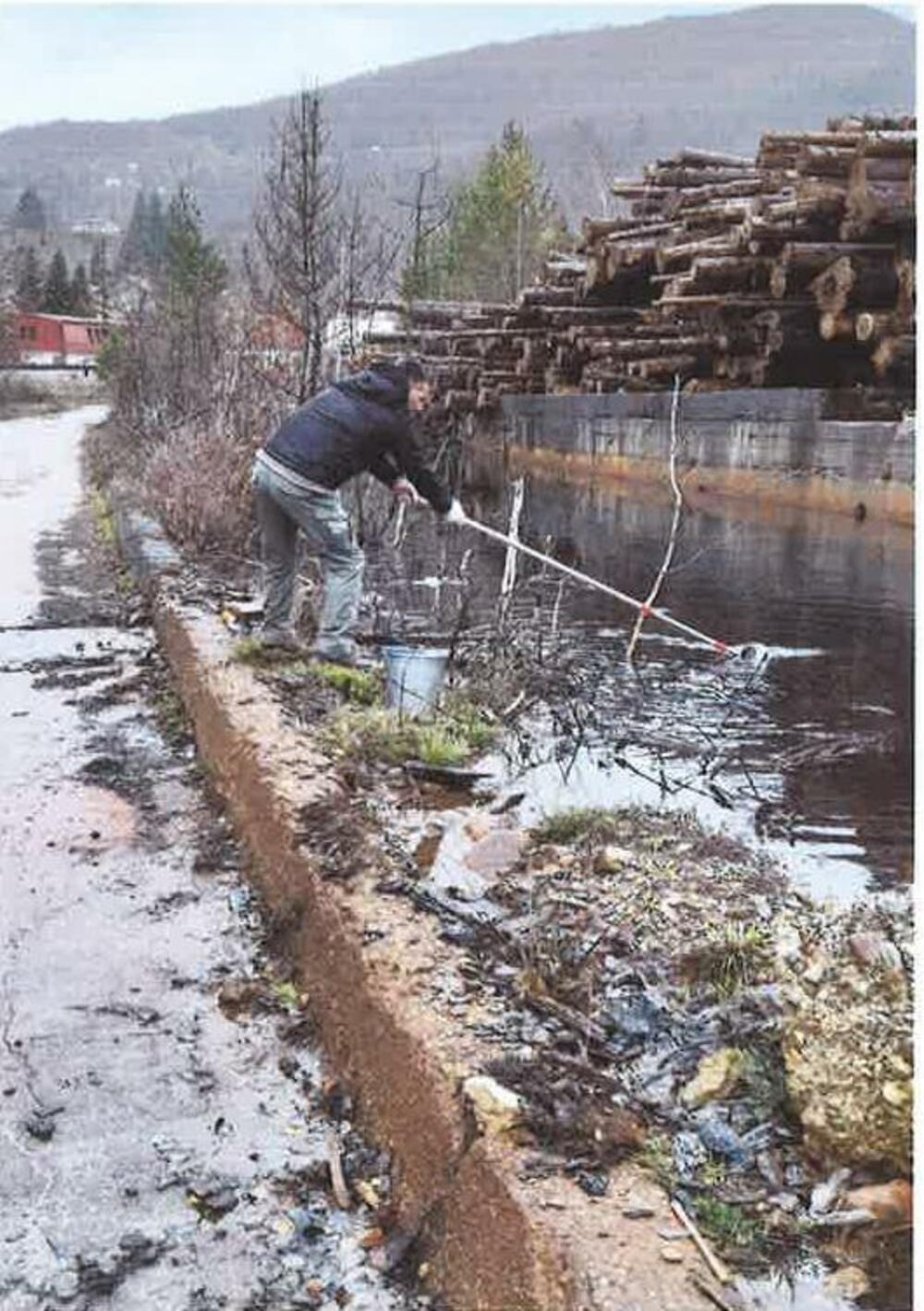
Both water and land are polluted
In the opinion on the draft of the Detailed Spatial Plan (DPP) for the territory of the concession area for the exploitation of mineral raw materials - Brskovo, which the Institute for Public Health submitted to the Ministry of Health last year, the unenviable condition of the water in the area of the Mojkovac oština is stated. While the Lepesnica river, as well as Tara upstream from Rudnica and Bjelojevićka river, Tvrdi and Lojanički potok have a good chemical status, this is not the case with other waters.
"Surface waters measured at other measuring points do not have a good status due to elevated concentrations of lead, mercury, cadmium and nickel, depending on the measuring point, due to the leakage of groundwater from old mining tunnels and through uncontrolled disposal of solid waste. According to the results of the analyses, the measured parameters at all locations do not correspond to the conditions of the Rulebook on permitted amounts of hazardous and harmful substances in the soil and methods for its testing due to the increased content compared to the prescribed values, of some of the listed elements such as lead, mercury, arsenic, fluorine , copper and zinc in relation to the prescribed values", it is stated in the Opinion of the Institute for Public Health.
Also, samples taken from agricultural land in the wider area of Brskov do not meet the requirements of the Rulebook for increased content of cadmium, lead, mercury, arsenic, fluorine and zinc.
Bonus video:



